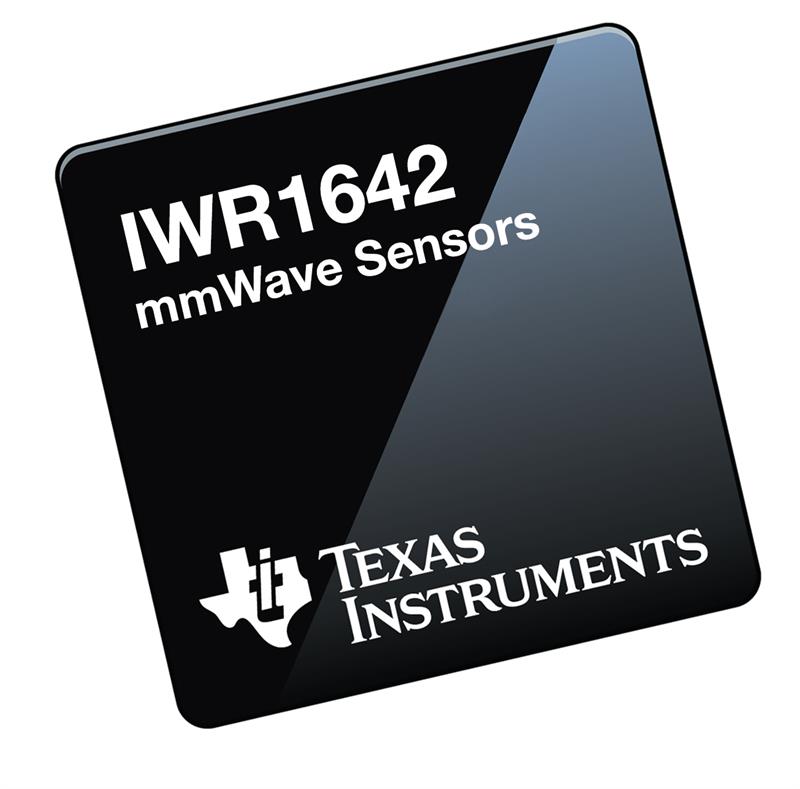The technology is enabling factories to manufacture more consistently and accurately based on improved communications, more interconnected machines and the use of more intelligent operating systems capable of maintaining maximum levels of efficiency and productivity.
The Industrial Internet of Things (IIoT) is changing the manufacturing environment, instrumenting assets and connecting them, making business more efficient, with higher quality yields and improved levels of security.
Recent advances in sensor technology have enabled improved levels of process control and much improved data acquisition.
From basic temperature and humidity monitoring to sophisticated position and pressure sensing, smart factories require a variety of sensor types that help advance operations by moving product, controlling robotic and manufacturing processes, as well as sensing environmental factors.
However, sensors must also contend with a difficult operating environment that can comprise of smoke, dust and heat. Singularly or collectively, each can prove challenging for sensor technologies.
“The need for greater automation is certainly pushing the envelope on sensing needs,” says Greg Delagi, Texas Instrument’s (TI) senior VP, Embedded Processing. “It is no longer enough to just sense presence – today’s sensors are required to detect distance, velocity and position and, in the industrial space, they need to be able to operate across very harsh environmental conditions. We need not only need them to provide more intelligence, but also to do so in more complex scenarios.”
In response, TI has developed a new range of mmWave sensors to bring what it describes as ‘an unprecedented degree of precision and intelligence’ to a range of applications spanning the automotive, factory and building automation sectors.
The use of mmWave sensing technology in various industrial and automotive applications has grown significantly in recent years. The technology is being used in a variety of industrial applications, ranging from tank-level probing radar and security systems to robotic vision and traffic monitoring.
When it comes to fluid-level sensing, for example, mmWave sensors offer improved levels of accuracy and robustness across varying environmental conditions.
There has also been a shift in the industry towards the use of frequencies in the range from 75GHz to 85GHz, due to smaller size, higher antenna directivity, larger bandwidth and other performance advantages.

“While mmWave sensors are not a new technology, many current sensors are certainly inadequate when it comes to meeting changing market requirements,” Delagi suggests. “Most current sensors tend to be too big, too complex and, certainly, more power hungry.”
mmWave is a radar technology that can determine more effectively the range, velocity and angle of the object.
“The key advantage of using short wavelengths is that they are highly accurate,” explains Delagi. “A mmWave system operating at 76 to 81GHz has the ability to detect movements as small as a fraction of a millimetre.”
The company’s latest mmWave single chip CMOS portfolio comprises five solutions that span two families of 76GHz to 81GHz sensors. Addressing automotive and industrial applications, the devices come with a complete end-to-end development platform.
“That development platform is intended to help engineers get started quickly and we have created an entire end-to-end development resource platform that includes software, online training, development kits and tools, as well as reference designs,” Delagi explains.
TI says its software development kit also includes sample algorithms and software libraries which are intended to help simplify RF designs and, by leveraging them, the company claims that engineers should be able to start developing their applications in less than 30 minutes.
According to Delagi, the industrial IWR1x sensor portfolio van deliver up to three times the sensing accuracy of currently available mmWave solutions.
“Our sensors combine sophisticated analogue design techniques with intelligent digital signal processing to provide design engineers with contactless sensing in their systems,” he explains.
Traditionally, a complete mmWave radar system will comprise of transmit and receive RF components; analogue components, such as clocking; and digital components such as analogue-to-digital converters, microcontrollers and digital signal processors.
“In the past, these systems were implemented with discrete components, the downside being that they increased power consumption, took up more board space and added significantly to the overall system cost,” Delagi notes.
System design is always challenging, but especially so with mmWave due to the complexity and high frequencies associated with which it is associated.
“Our new chips integrate TX-RF and RX-RF, analogue components such as clocking, and digital components such as the A/D converter, MCU and hardware accelerator. Some families in the portfolio also integrate a DSP for additional signal-processing capabilities,” says Delagi.
“We are providing a range of devices that we think will allow developers to select the right solution for their design needs,” Delagi explains. “It’s a scalable portfolio and comes with common software and, crucially, we have been able to reduce power consumption significantly.”
Compared to existing solutions TI claims to have reduced power consumption by up to 75%, with some parts drawing as little as 150mW.
“We’ve also been able to reduce board space by as much as 50%,” Delagi continues.

While the sensors are a fully integrated CMOS single-chip that combines a DSP and an MCU, TI can also offer a single-chip variant with just an MCU or a DSP.
The TI mmWave sensor portfolio for industrial applications includes two single-chip devices.
“The IWR1443 mmWave sensors integrate a hardware accelerator for radar signal processing,” explains Delagi, “while the IWR1642 sensors use a DSP to perform the required processing.”
According to Delagi, the DSP provides users with more flexibility and allows for further software integration of other higher-level algorithms, such as tracking and classification.
TI believes these single-chip devices will provide simple access to high-accuracy object data, including range, velocity and angle. That, it contends, will enable advanced sensing in a range of new applications that demand performance and efficiency, including smart infrastructure and Industry 4.0 in factory and building automation products.
“The mmWave sensor portfolio has been designed so that it can adapt dynamically to changing conditions, bringing multi modal functionality to avoid false positives and delivering a broad range of sensing to multiple applications,” Delagi explains.
The sensors are also described as being environmentally friendly.
“What that means is that they are capable of accurately sensing through a variety of different materials such as plastic, dry wall, clothing, glass and many other different materials,” Delagi concludes. “As a result, they are effective and bring a level of accuracy to even the toughest industrial conditions.”













